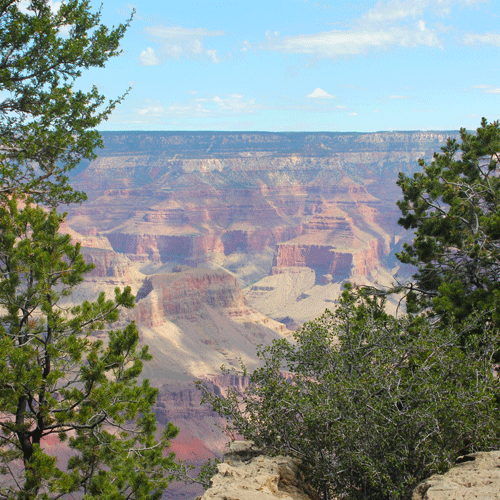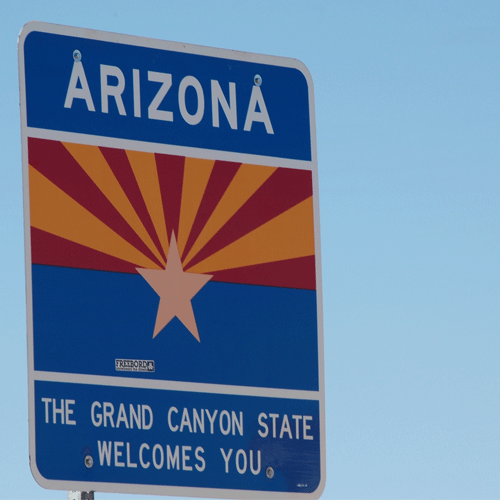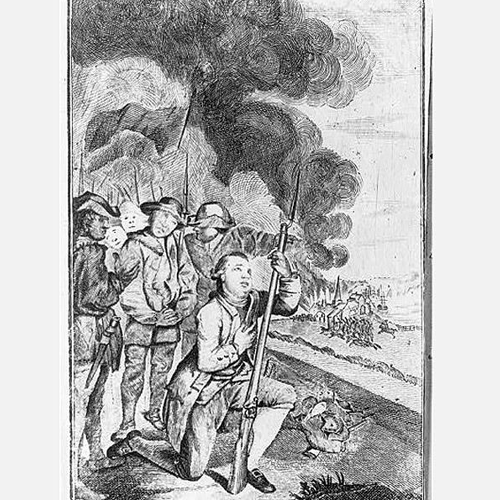Menu
Hot-Topics
July 9, 2024 | SCOTUS Clarifies Court Must Resolve Competing Arbitration Provisions
Category: Supreme Court Decisions

Martin v. Hunter’s Lessee: The Supreme Court’s Authority Over State Courts
In Martin v. Hunter’s Lessee, 14 U.S. 304 (1816), the U.S. Supreme Court first asserted its authority to overrule a state court decision regarding an issue of federal law. The Court’s landmark decision was rooted in the Court’s appellate jur...

Municipal Sign Ordinance Violates the First Amendment in Reed v. Town of Gilbert
On June 18, 2015, the U.S. Supreme Court held that an Arizona town’s sign ordinance violates the First Amendment. The Court’s unanimous decision in Reed v. Town of Gilbert established that regulations that are facially content-based must be subje...

New York v. Connecticut: Court’s First Exercise of Original Jurisdiction
In New York v. Connecticut, 4 U.S. 1 (1799), the U.S. Supreme Court first exercised its original jurisdiction to decide a legal dispute between two states. The dispute involved a strip of land over which the states of New York and Connecticut both c...

Calder v. Bull: The Ex Post Facto Clause
In Calder v. Bull, 3 U.S. 386 (1798), the U.S. Supreme Court first interpreted the ex post facto clause of the United States Constitution. The justices held that the clause only applies to certain criminal acts. The Facts of Calder v. Bull Calder ...

Arizona Redistricting Again
On June 29, 2015, the U.S. Supreme Court upheld Arizona’s use of an independent commission to adopt congressional districts. In her majority opinion in Arizona State Legislature v. Arizona Independent Redistricting Commission, 576 U. S. ____ (2015)...

Hollingsworth v. Virginia: The President’s Role in Constitutional Amendments
In Hollingsworth v. Virginia, 3 U.S. 378 (1798), the U.S. Supreme Court held that the Eleventh Amendment was valid, even though the President of the United States had not formally sanctioned it. While the rationale of the Court has been debated, ...

Court Confirms Disparate Impact Claims Allowed Under Fair Housing Act
In Texas Department of Housing and Community Affairs v. The Inclusive Communities Project, 576 U. S. ____ (2015), the U.S. Supreme Court recently ruled that disparate-impact claims are cognizable under the Fair Housing Act (FHA). The 5-4 decision end...

Talbot v. Janson: Supreme Court Recognizes Dual Citizenship in 1795
In Talbot v. Janson, 3 U.S. 133 (1795), the U.S. Supreme Court ruled that the jurisdiction of the court extended to the seas. The Court also held that Americans who gain citizenship of another country do not waive their U.S. citizenship status. ...

Lethal Injection Cocktail Approved in Glossip v. Gross
On June 29, 2015, the U.S. Supreme Court ruled, by a vote of 5-4, that Oklahoma’s lethal injection protocol does not violate the Eighth Amendment’s prohibition on cruel and unusual punishment. The case, Glossip v. Gross, was one of the most signi...

Chisholm v. Georgia: State Sovereign Immunity Prior to the 11th Amendment
Chisholm v. Georgia, 2 U.S. 419 (1793) is one of the first important decisions issued by the U.S. Supreme Court. The case, however, is not widely known or studied in constitutional law classes because its main holding, which abrogated state sover...
Previous Articles
SCOTUS Sides With NRA in First Amendment Dispute
by DONALD SCARINCI on June 25, 2024
In National Rifle Association of America v. Vullo, 602 U.S. ____ (2024), the U.S. Supreme Court rul...
SCOTUS Rules Challenged South Carolina District Is Not a Racial Gerrymander
by DONALD SCARINCI on June 19, 2024
In Alexander v. South Carolina State Conference of the NAACP, 602 U.S. ____ (2024), the U.S. Suprem...
SCOTUS Holds No Time Limit for Damages Under Copyright Act
by DONALD SCARINCI on June 17, 2024
In Warner Chappell Music, Inc. v. Nealy, 601 U.S. ____ (2024), the U.S. Supreme Court held that the...
The Amendments
-
Amendment1
- Establishment ClauseFree Exercise Clause
- Freedom of Speech
- Freedoms of Press
- Freedom of Assembly, and Petitition
-
Amendment2
- The Right to Bear Arms
-
Amendment4
- Unreasonable Searches and Seizures
-
Amendment5
- Due Process
- Eminent Domain
- Rights of Criminal Defendants
Preamble to the Bill of Rights
Congress of the United States begun and held at the City of New-York, on Wednesday the fourth of March, one thousand seven hundred and eighty nine.
THE Conventions of a number of the States, having at the time of their adopting the Constitution, expressed a desire, in order to prevent misconstruction or abuse of its powers, that further declaratory and restrictive clauses should be added: And as extending the ground of public confidence in the Government, will best ensure the beneficent ends of its institution.
Awards




